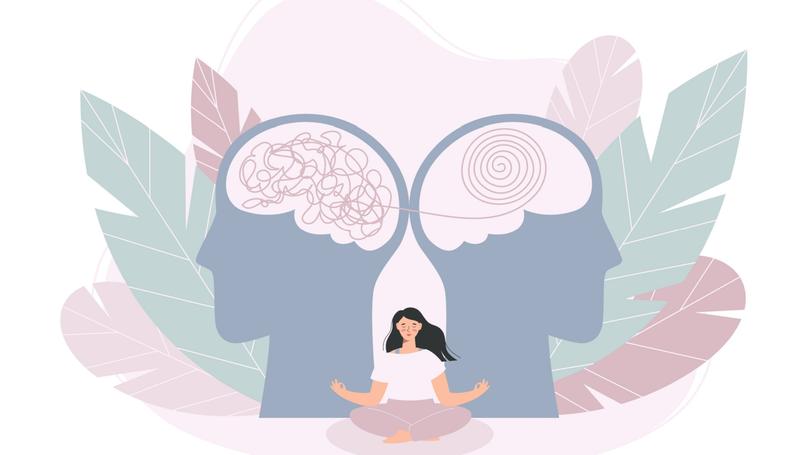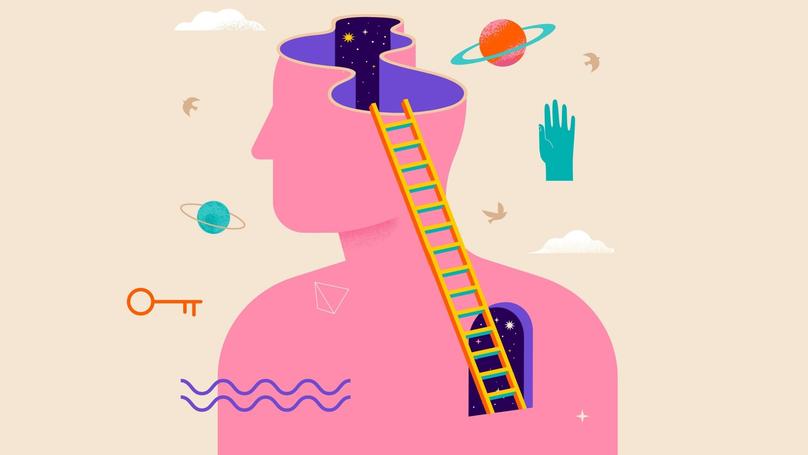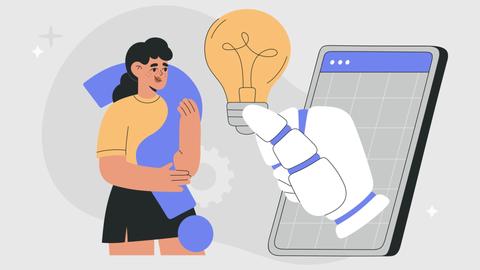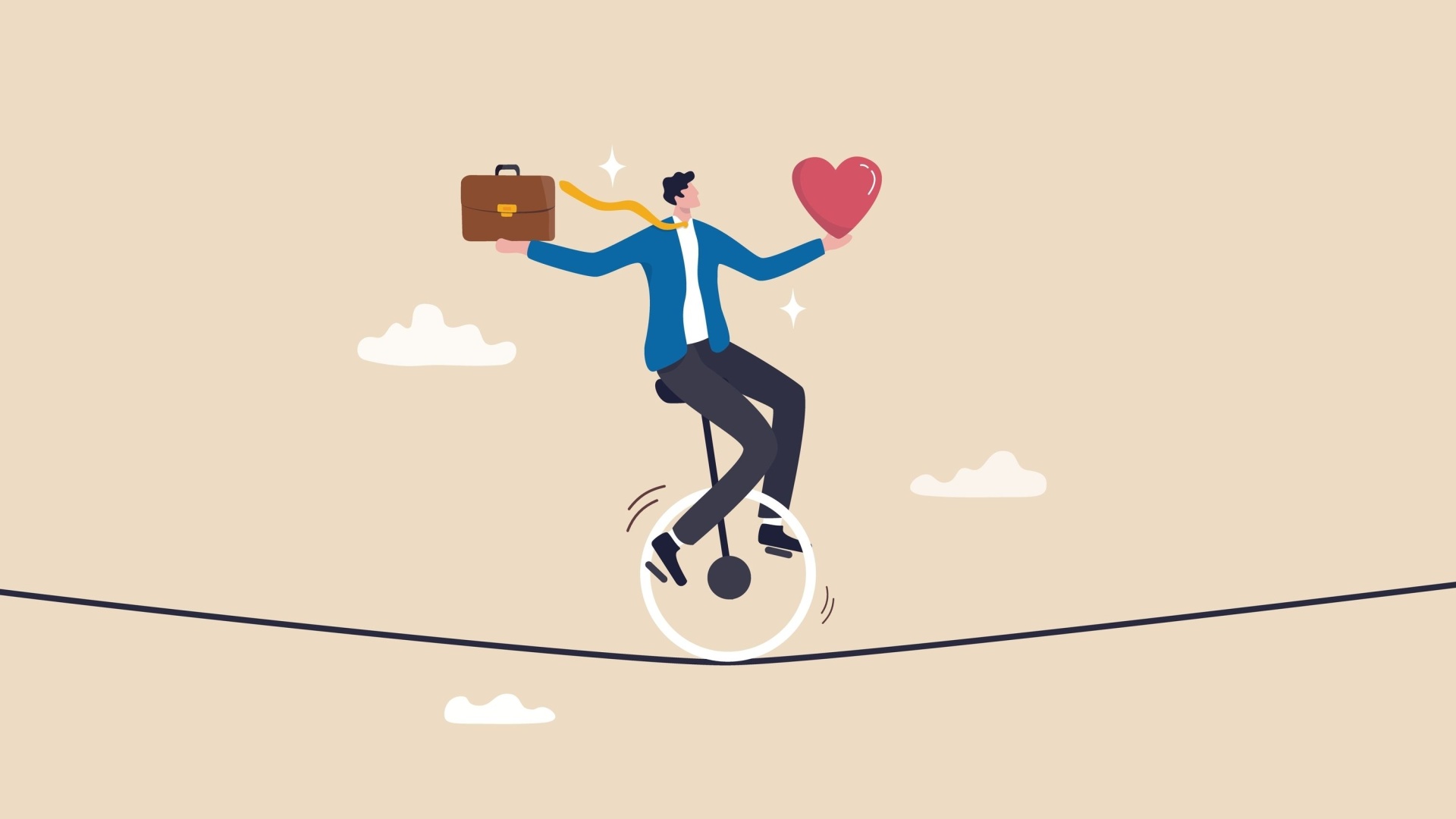Embodiment: how to connect with your body and self-awareness
Each of us has a unique relationship with our body. For some, it is merely a physical vessel, while for others, it serves as a means of self-discovery and enhancing our capabilities.

How we connect with our bodies deeply influences our thoughts and perceptions of ourselves and others. Embodiment represents this intimate bond between the physical and the conscious. Let's explore this concept further, understand how the body influences consciousness, and discover if we can learn to control this process.
What is embodiment?

Embodiment refers to the understanding and integration of the psycho-emotional state of a person as reflected in their body. This approach, often used in coaching and various body practices, focuses on the connection between the human body and consciousness. According to this theory, our feelings, emotions, and overall mental state are directly linked to our movements and physical sensations. That the body and mind are in constant interaction. The theory of embodied understanding suggests that our thoughts and knowledge are grounded in actual feelings and actions rather than abstract concepts. Therefore, everything we discover and experience is manifested in the body, making our perception of the world both a mental and physical activity.
Some therapists and coaches refer to embodiment as the intrinsic human ability to observe and examine one's emotional well-being and physical state at any given moment. According to both definitions, the body should be viewed as an integral part of the personality, as all our experiences are reflected not only in the mind but also in the body. Through body practices, you can gain a deeper understanding of yourself, reduce stress and anxiety, move to a more resourceful state, and find harmony both within yourself and in your relationships with others.
The origins of embodiment
Embodiment is not a new concept. It emerged in the 1960s and 1970s, significantly influenced by the rising popularity of Eastern practices like yoga and meditation in the United States. These practices, with their focus on personal development through the body and the inseparable connection between physicality and awareness, attracted the interest of many Western researchers, therapists, and coaches. Additionally, scientists soon discovered neurophysiological evidence supporting the idea that the human mind can influence the body and vice versa.
Richard Strozzi-Heckler, the founder of the Strozzi Institute, was one of the pioneers of embodiment. He taught aikido to American foot soldiers, focusing not just on combat and physical training but also on intellectual and personal growth. This led to the development of somatic coaching, which highlights methods of self-regulation and self-help. Later, Wendy Palmer introduced a unique approach within the embodiment framework called leadership embodiment, or embodied leadership. This method, also rooted in somatic coaching, focuses on developing emotional intelligence and leadership qualities.
Another key figure in the area of embodiment is Paul Linden, the creator of the "Being in Movement" program. This program aims to help individuals process past events, work through trauma, and eliminate physical and emotional blockages by changing their body and mental states. Bonnie Bainbridge Cohen also contributed significantly to the study of habitual, automatic movements or body patterns. She developed her approach called "Body-Mind Centring," which focuses on exploring the internal systems of the human body, particularly the musculoskeletal, nervous, and respiratory systems.
What does an embodiment practice involve?

Embodiment is a thorough and multifaceted approach. It involves practices such as yoga, meditation, martial arts like Aikido, dancing, and various other body practices. Even fitness can be part of embodiment if the focus shifts from merely building muscle or losing weight to understanding how exercise improves your quality of life and the benefits you gain from each gym session. As Aikido master Wendy Palmer highlights, embodiment is about "how" rather than "what." In other words, the activity and outcome are influenced not by particular exercises and tasks but by how we perform them and our attitude towards our bodies.
To begin practising embodiment, start with three primary techniques: observing, grounding, and centring.
Observing involves regularly monitoring your state. Whenever something changes in your environment, or you suddenly feel differently, ask yourself: "What am I experiencing and sensing now?" Pay attention to whether you like this feeling and why you feel this way. Please determine what you need to do next time to either repeat this emotion or avoid it. It's vital to understand what triggers certain states, how they are reflected in your body, and how they affect your health. Notice the signs and consequences of emotions not only mentally but also physically. Observe how your body behaves in different situations, paying attention to facial expressions and gestures. Keeping a "mood diary" can help make this process easier and then turn it into a habit. Throughout the day, write down all the feelings you experience, their possible causes, and a brief description. In the evening, review your diary and examine the past day with a new perspective. This practice will help you develop a more conscious and mindful approach to yourself and life in general, enabling you to manage emotions and even read others more easily.
The second practice, grounding, is much simpler. To perform it, focus all your attention on your body, specifically your feet. Feel the floor beneath you, your weight, and how your feet contact the surface. Sense the support in your legs, which also supports your entire body. Relax your head, neck, and upper body, allowing yourself to feel the heaviness and strength in your legs. This technique truly "grounds" you, allowing you to feel the connection between all parts of your body and encouraging their coordination.
Centring is another fundamental practice. To do it, start by grounding yourself through your feet, ensuring they are firmly in contact with the floor. Straighten up and gradually shift your attention from your head to your face, shoulders, chest, arms, stomach, and legs. Focus on feeling the centre of your body. Direct your gaze straight ahead and take slow, deep breaths. Although this practice requires maximum concentration and focus, it helps relax the body, eliminating involuntary reactions and tension. Centring is particularly effective in stressful situations, allowing you to rapidly recover and avoid the anxiety and worry that often accompany stress.
Embodiment also incorporates various breathing techniques. For instance, you can practice square breathing or the 4-7-8 breathing technique. To accomplish this, inhale through your nose for four seconds, hold your breath for seven seconds, and then exhale through your mouth for eight seconds, curling your lips into a tube shape to create a whistling sound. It's best to repeat this exercise 3-5 times in the morning and evening to activate the nervous system and promote relaxation. Interestingly, this practice originates from yoga, specifically a branch known as Pranayama.
Yoga is another vital aspect of embodiment, integrating physical activity, breathing exercises, and meditation. It helps you calm down, relax, and stay present, distracting your mind from insistent thoughts. Meditation, a key component, involves observing your thoughts without attachment, relieving stress, and fostering empathy and compassion for yourself and others. Numerous experts have proven that meditation positively impacts emotional regulation by strengthening the connection between the amygdala-an area of the brain-and the emotional control centre. By incorporating embodiment practices, you can have a better understanding of how these practices affect you and maintain the tranquillity achieved during meditation in your daily life.
Each of the practices mentioned, whether it's breathing, yoga, or the method of observing, will be more effective if you incorporate a digital detox. This is a crucial element that supports the theory of embodiment and helps integrate it into your daily life. We quickly become dependent on social media, which provides the dopamine we crave. However, this dependence can lead to serious consequences, such as decreased self-esteem, increased anxiety and stress levels, sleep disorders, and depression. Therefore, it's important to limit the use of social media by setting boundaries on internet surfing and app usage. Additionally, avoiding gadgets before bedtime can be beneficial. Meetings with friends and family without phones will also become more engaging and memorable.
Lectera’s Online Courses by topic
The additional benefits of embodiment
In addition to understanding your true needs and desires, the practice of embodiment will also enable you to:
-
Manage emotional instability more swiftly and efficiently;
-
Regulate your psychological and emotional states in various life situations;
-
Increase stress resilience;
-
Foster empathy and manage communication challenges.
Embodiment centres on gaining a deeper understanding of yourself, enhancing awareness, and fostering positive changes in your life. These practices will help you become more focused on yourself and others.
Likewise, embodiment techniques can improve personal qualities such as concentration, responsibility, flexible thinking, and conflict-resolution skills. The key is to understand how your experiences manifest in your body, reflect on them precisely, and use this awareness to your advantage.
Share this with your friends via:
Latest News

A significant stage in the development of the alternative education system has begun in West Northamptonshire in the UK: the County Council is actively calling on parents, guardians, and trustees to participate in shaping the future of this key area.

Outwoods Primary School in Atherstone, Warwickshire, having experienced deep sadness after the loss of their famous cat, Silla, has found solace in a new pet – a Maine Coon named Aloysius O’Hara.

In modern universities, artificial intelligence, and in particular ChatGPT, is rapidly transforming from a controversial tool into a full-fledged student assistant.

An innovative educational project is gaining momentum in UK primary schools, aiming to change attitudes towards video games.

The Massachusetts Institute of Technology (MIT) presents MIT Learn – a revolutionary online platform that opens a “new front door” to access university knowledge and resources.












 Where Did the Tradition of Making a New Year’s Wish Come From
Where Did the Tradition of Making a New Year’s Wish Come From
 How Not to Lose Focus When Learning Everything at Once: The Art of Selective Development
How Not to Lose Focus When Learning Everything at Once: The Art of Selective Development
 Test. What Winter Dessert Are You?
Test. What Winter Dessert Are You?
 Test: What Kind of Ancient Goddess Are You?
Test: What Kind of Ancient Goddess Are You?
 Test: Which Great Woman Would Invite You for Tea?
Test: Which Great Woman Would Invite You for Tea?
 Test: How Well Do You Balance Work and Personal Life?
Test: How Well Do You Balance Work and Personal Life?
